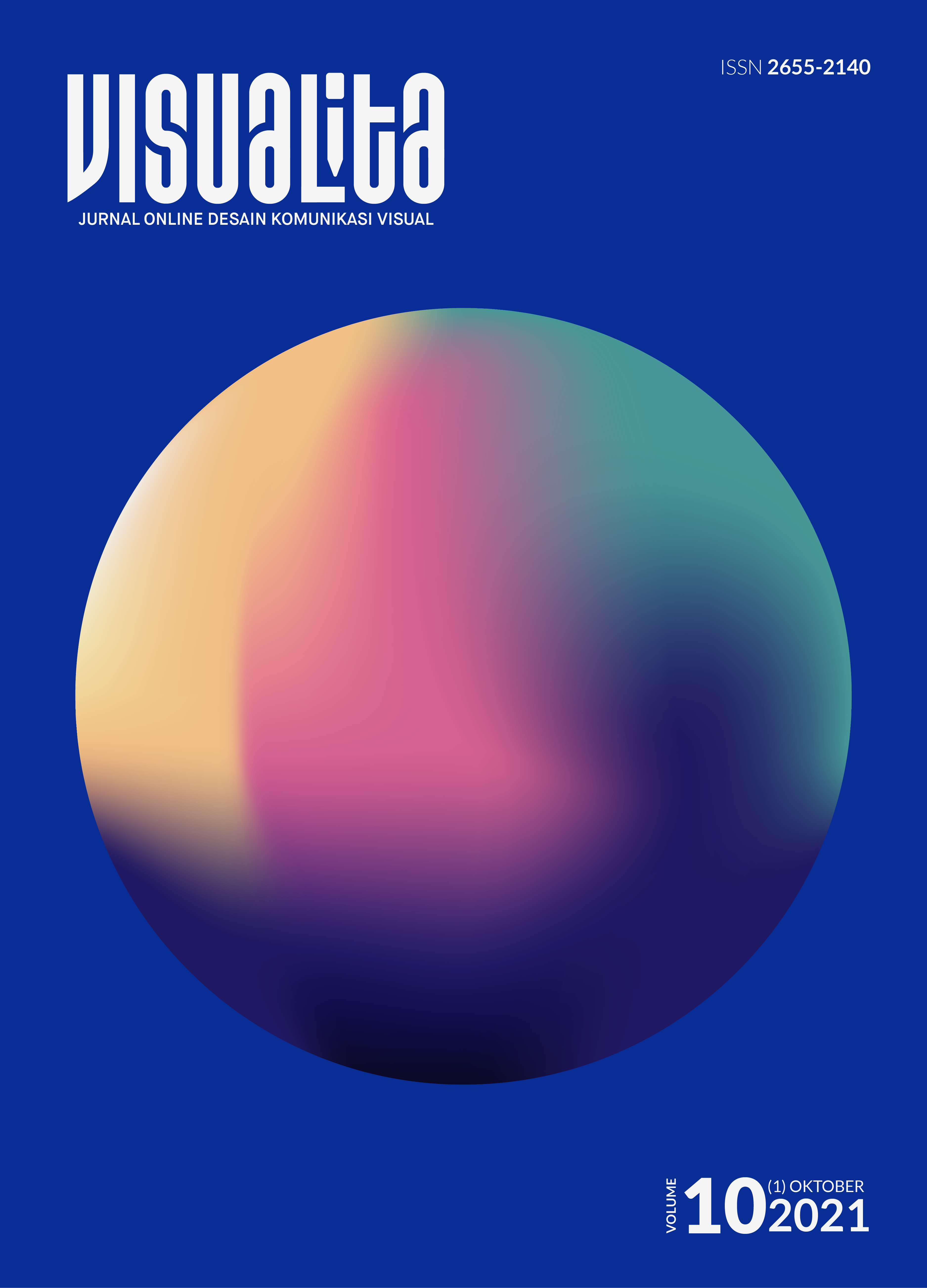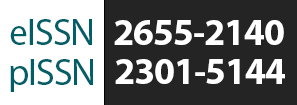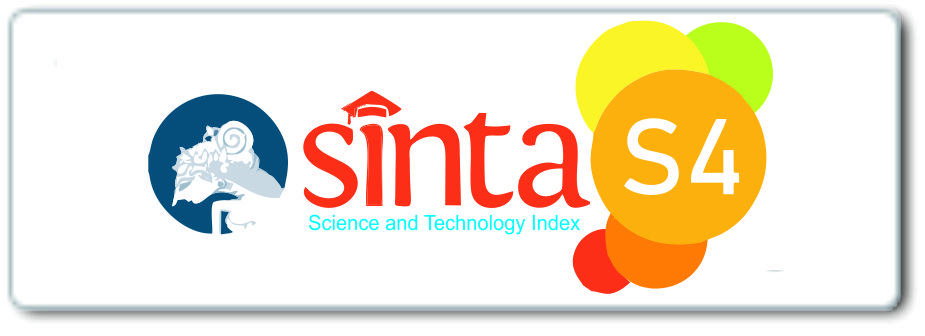OPTIMIZING VISUALLY IMPAIRED ABILITY TO READ TACTILE PICTOGRAM THROUGH TEXTURE DESIGN
DOI:
https://doi.org/10.34010/visualita.v10i1.5091Keywords:
texture design, reading ability, visually impaired, tactile pictogram, graphic-based rehabilitation mediaAbstract
ABSTRACT. This experiment aims to optimize the visually impaired ability when reading tactile pictograms through texture design. Experiment was motivated by two previous studies results by authors show that the visually impaired need a tool to make the reading process more efficient. Overall, the visual semiotic was used to adapt the Space-Time-Curve (STC), Tabrani's visual language theory, as a texture media design system. The design result produces media textures with size composition differences. The media was tested on 20 visually impaired people directly with quantitative analysis technique. The results show that the design system for media textures is not able to optimize visually impaired reading. In general, it concluded that the visually impaired do not perceive a system without memory regarding its variable mechanism as a whole.
Downloads
Downloads
Published
Issue
Section
License
Authors who publish with Visualita agree to the following terms:
- Authors retain copyright and grant the journal right of first publication with the work simultaneously licensed under a Creative Commons Attribution-NonCommercial 4.0 International License.
- Authors are able to enter into separate, additional contractual arrangements for the non-exclusive public distribution and display of the journal's published version of the work (e.g., post it to an institutional repository or publish it in a book), with an acknowledgement of its initial publication in this journal.
- Authors wishing to include items (such as images or other media, or any creative works of others whether previously published or not) must contact the original copyright holder to obtain explicit permission to publish these items in Visualital. Writing permission should include: the title(s) of any copyrighted work, original place of publication if applicable, and an acknowledgement of having read Visualita copyright notice. Authors are responsible for obtaining this permission and keeping it in their own records for later verification.






